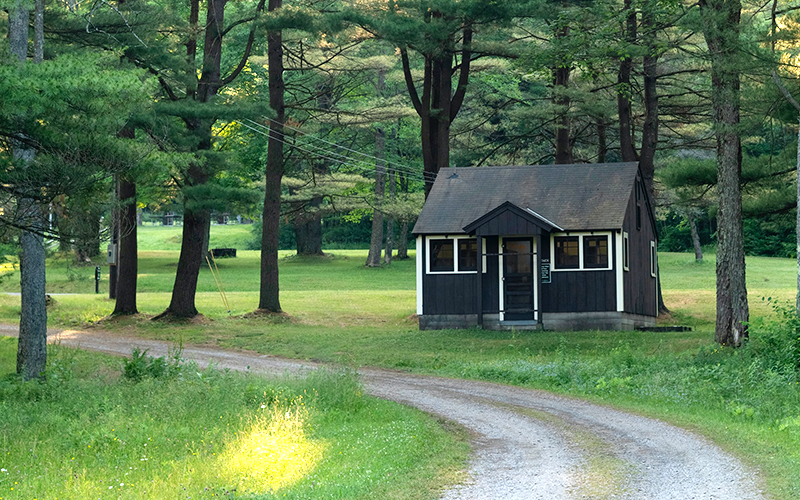To address the need for affordable housing in The Valley, the Mad River Valley Housing Coalition launched an Accessory Dwelling Unit (ADU) program in fall 2020. The program offers grants of up to $10,000 for Valley residents to create ADUs on their property if they agree to rent them affordably for a term of five years. ADUs include apartments over the garage or in the basement and tiny homes on the property.
The MRV Housing Coalition reported three ADUs have been built to date as a result of the program, with another that has a permit but has not yet been built. There are an additional two applicants who are interested in building ADUs once they secure a contractor and an estimate.
This grant is one of several measures being taken by the Housing Coalition to address the lack of affordable workforce housing in The Valley. The Housing Coalition is currently exploring the potential of a Housing Trust Fund that would provide funding tailored to support the creation, preservation and rehabilitation of housing in the Mad River Valley.
“Whether you know it or not, someone in your life is struggling with housing,” Kaziah Haviland-Montgomery, the Mad River Valley Housing Coalition coordinator, said. “It may be a family member, friend, co-worker, dog walker or the sales-clerk at your favorite store. It isn’t always spoken aloud, but it is a problem that has affected many of our residents. If we don’t take action as a community, the character of our community will change,” Haviland-Montgomery said.
“If the Mad River Valley wants to maintain its low- to middle-income, working-class population, specifically those between the ages of 35 and 64, steps need to be taken to alleviate our shortage of appropriately-priced housing. We do not need to reinvent the wheel. This is a national problem and there are great examples of how to create more affordable housing options both within Vermont and beyond. We need to decide which of these solutions best fits our community and adapt them to work for us locally. In order to do this, we need feedback and participation from community members as we develop and adapt ideas, policies and programs to meet the Mad River Valley’s needs,” she added.








